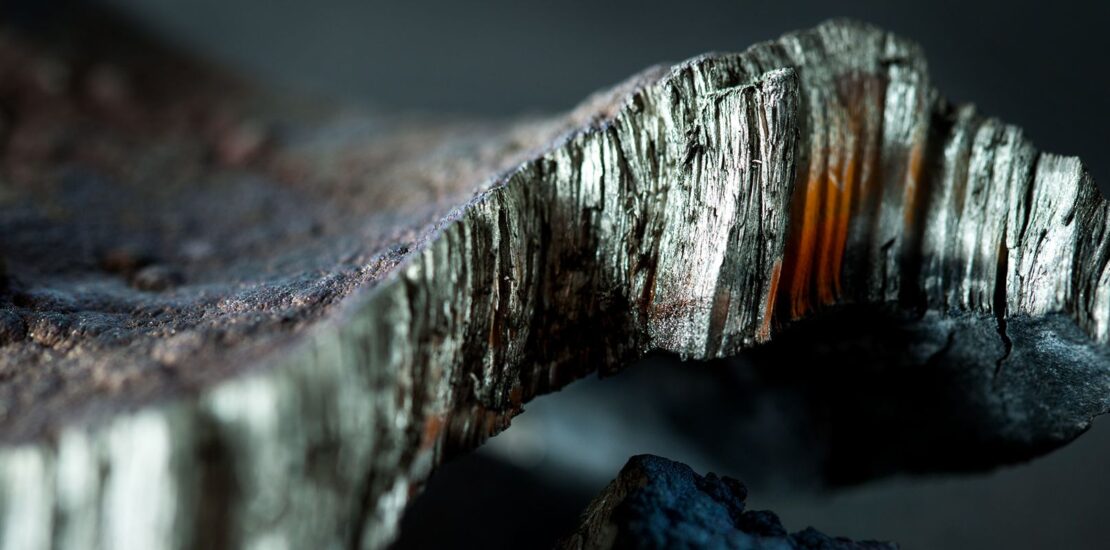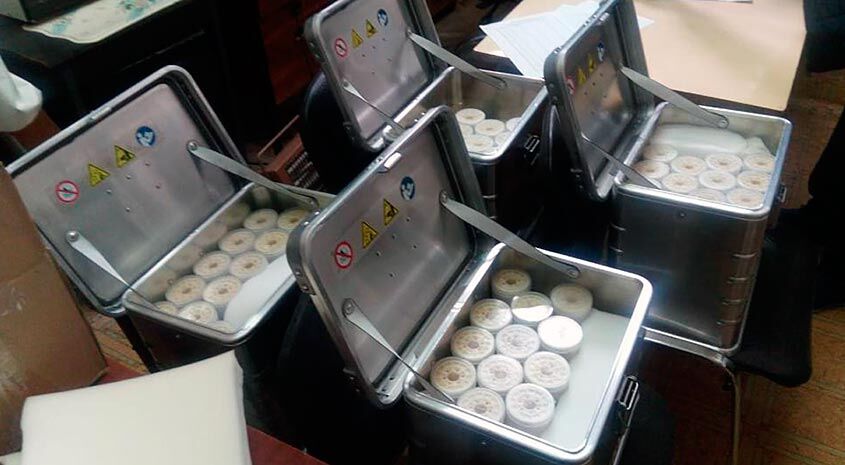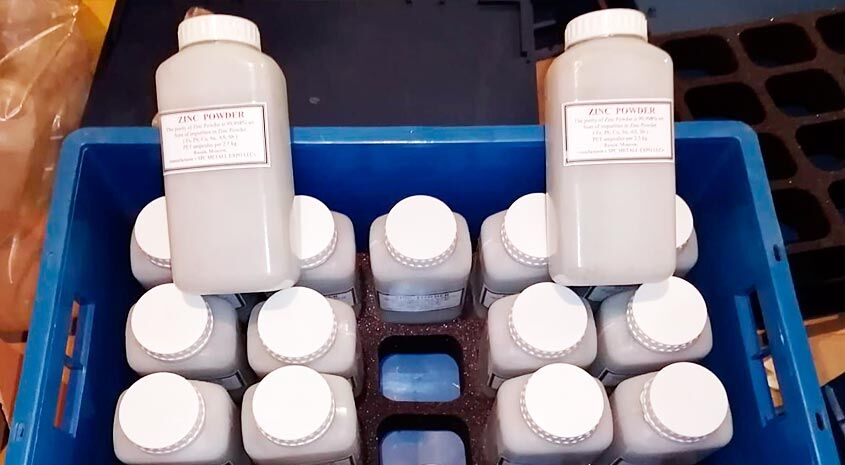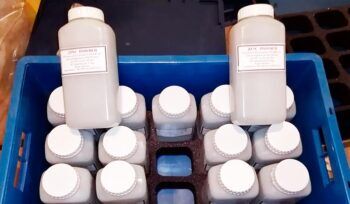
What are Rare Earth Elements?
Rare earth elements (abbreviated REE, TR, REE, REM) are a group of 17 elements, including scandium, yttrium, lanthanum and lanthanides (cerium, praseodymium, neodymium, promethium, samarium, europium, gadolinium, terbium, dysprosium, holmium, erbium, thulium, ytterbium, lutetium).
Rare-earth elements exhibit great similarity between chemical and some physical properties, which is explained by the almost identical structure of the outer electronic levels of their atoms. All of them are silvery-white metals, while all have similar chemical properties (the most characteristic degree of oxidation is +3). Rare earth elements are metals, they are obtained by reducing the corresponding oxides, fluorides, electrolysis of anhydrous salts and other methods.
According to their chemical properties and joint presence in nature, they are divided into subgroups:
- yttrium (Y, La, Gd — Lu)
- cerium (CE – Eu)
By atomic mass, lanthanides are divided into:
- light (CE – Eu)
- heavy (GD – Lu)
The name “rare earth” (from Lat. terrae rarae — “rare earths”) It was given due to the fact that they are:
relatively rare in the earth’s crust (content (1.6-1.7)⋅10-2% by weight)
form refractory, practically insoluble in water oxides (such oxides were called “earths” at the beginning of the XIX century and earlier).
The name “rare earth elements” was historically formed at the end of the XVIII – early XIX century, when it was mistakenly believed that minerals containing elements of two subfamilies — cerium (light — La, Ce, Rg, Nd, Sm, Eu) and yttrium (heavy – Y, Gd, Tb, Dy, Ho, Er, Tm, Yb, Lu) – are rarely found in the Earth’s crust. However, in terms of raw material reserves, rare earth elements are not rare, in total prevalence they exceed lead by 10 times, molybdenum by 50 times, tungsten by 165 times.
Abbreviations accepted in modern scientific literature:
- TR – Lat. Terrae rarae
- REE – English Rare-earth element
- REM – English Rare-earth metal
- REE – Rare Earth elements
In 1794, the Finnish chemist Johan Gadolin, examining ore samples near the Swedish town of Ytterby (later rare earth elements yttrium, terbium, erbium and ytterbium were named after this village), discovered a previously unknown “rare earth”, which he named yttrium after the place of discovery.
Later, the German chemist Martin Klaproth divided these samples into two “earths”, for one of which he left the name yttrium, and called the other cerium (in honor of the minor planet Ceres discovered in 1801, which, in turn, was named after the ancient Roman goddess Ceres).
A little later, Swedish scientist Karl Mosander was able to isolate several more “lands” from the same sample. All of them turned out to be oxides of new elements called rare earths. Due to the complexity of the separation of oxides, false announcements about the discovery of new rare earth elements numbered in the dozens. Together, by 1907, chemists had discovered and identified only 16 such elements. Based on the study of X-ray properties, all elements were assigned atomic numbers 21 (scandium), 39 (yttrium) and from 57 (lanthanum) to 71 (lutetium), except 61.
Classification of Rare Earth Elements
In ascending atomic weight , they are arranged as follows:
21 Sc Scandium in honor of Scandinavia
39 Y Yttrium in honor of the Swedish village of Ytterby
57 La Lanthanum from Greek. “secretive”
58 Ce Cerium in honor of the minor planet Ceres, in turn named after the goddess Ceres
59 Pr Praseodymium from Greek. “green twin”, because of the green line in the spectrum
60 Nd Neodymium from Greek. “the new twin”
61 Pm Promethium on behalf of the mythical hero Prometheus, who stole fire from Zeus and gave it to people
62 Sm Samarium by the name of the mineral samarskite, in which it was discovered
63 Eu Europium in honor of Europe
64 Gd Gadolinium in honor of Johan Gadolin
65 Tb Terbium in honor of the Swedish village of Ytterby
66 Dy Dysprosium from Greek. “hard-to-reach”
67 Ho Holmium in honor of Stockholm
68 Er Erbium in honor of the Swedish village of Ytterby
69 Tm Thulium from the old name of Scandinavia
70 Yb Ytterbium in honor of the Swedish village of Ytterby
71 Lu Lutetium from the ancient Roman name of Paris
Initially, the cell number 61 was empty, later promethium, isolated from uranium fission products and became the 17th member of this family, took this place.
Our products are high purity metals always in stock














